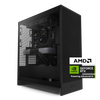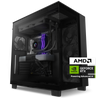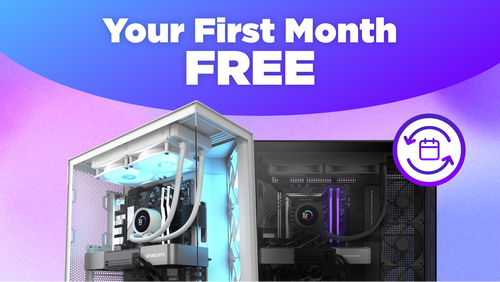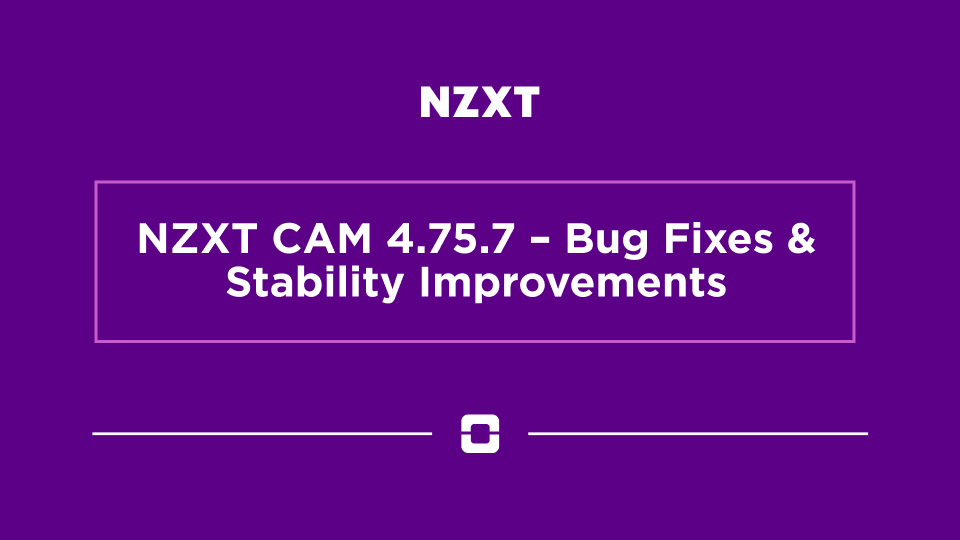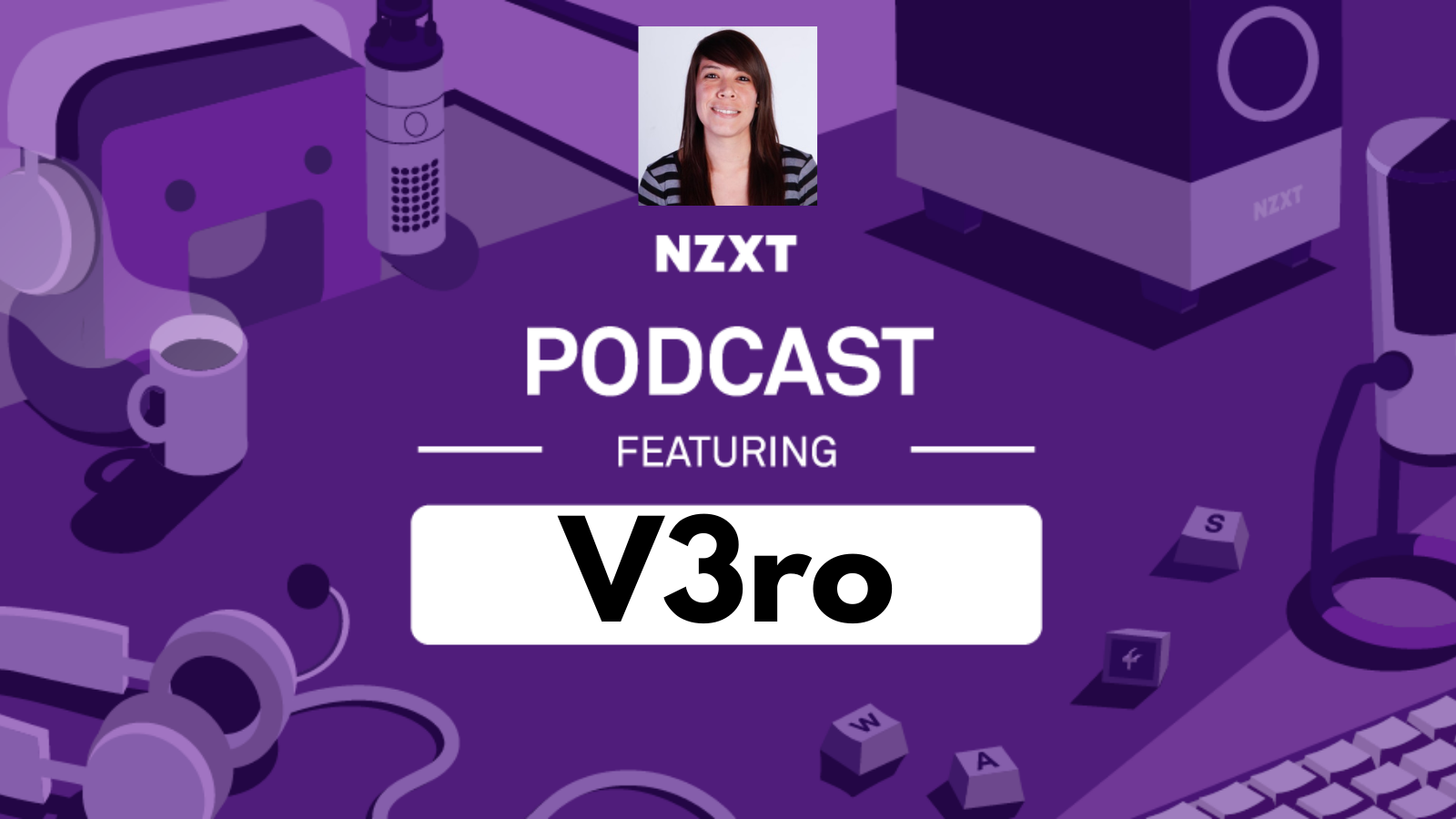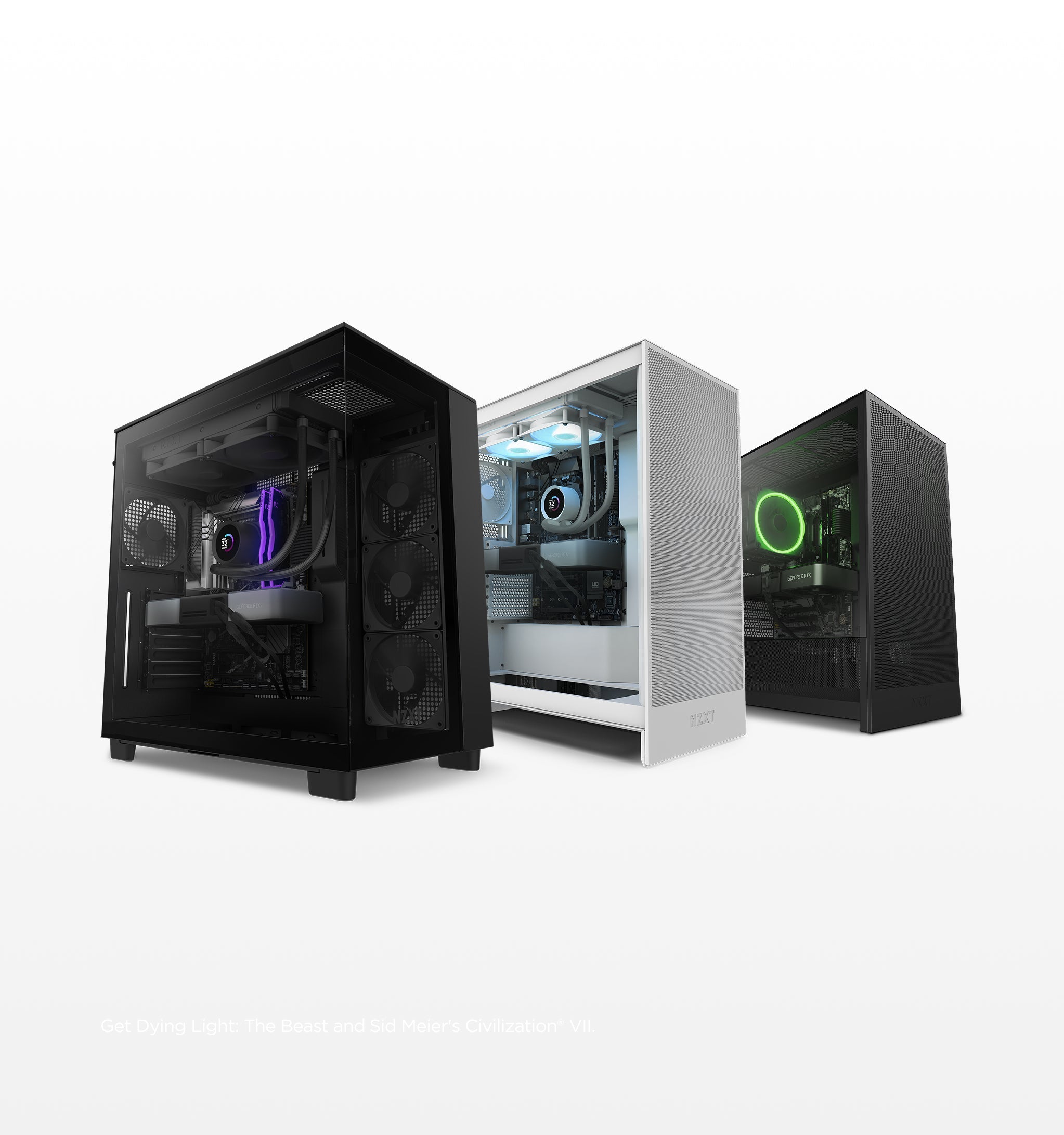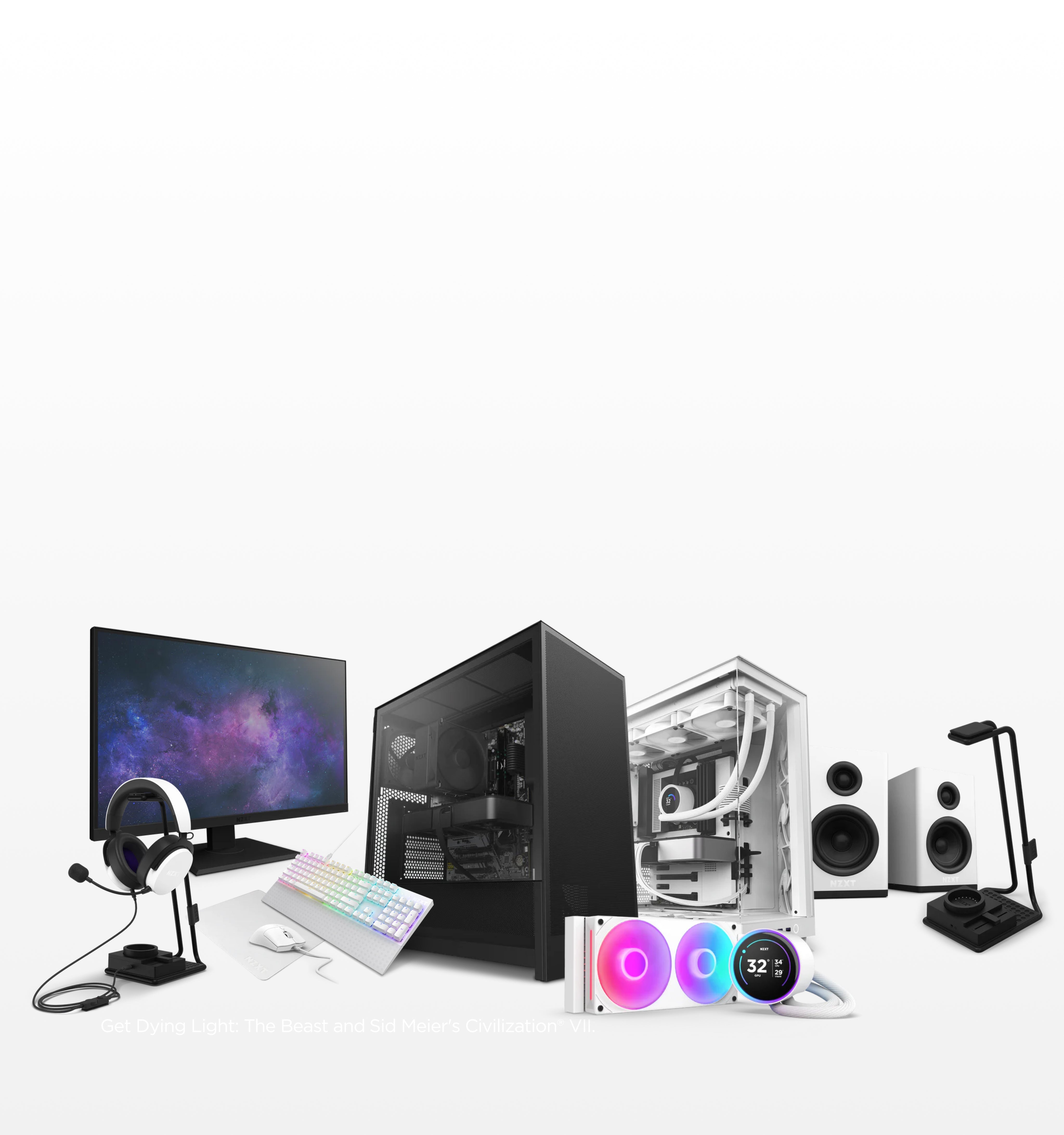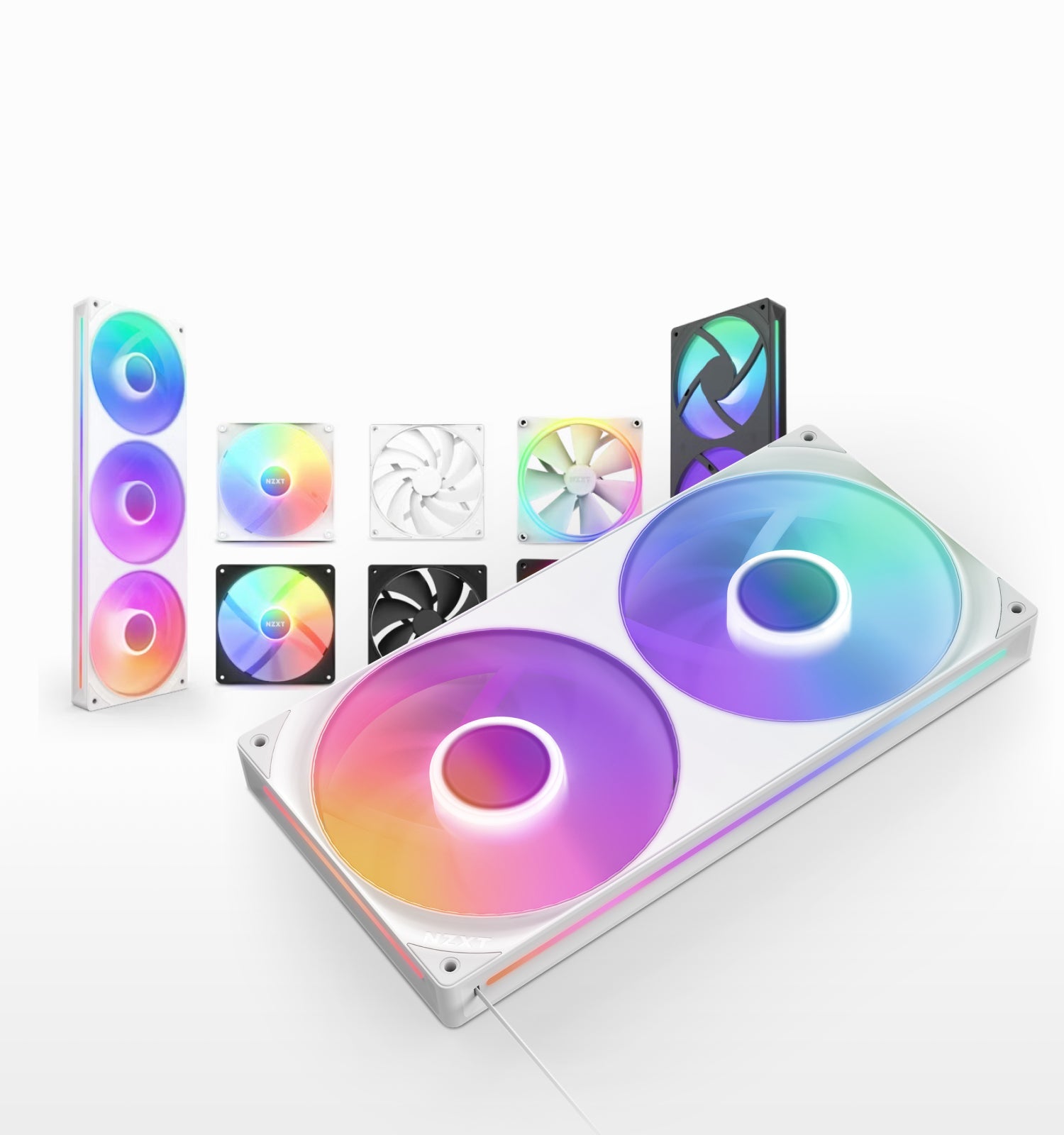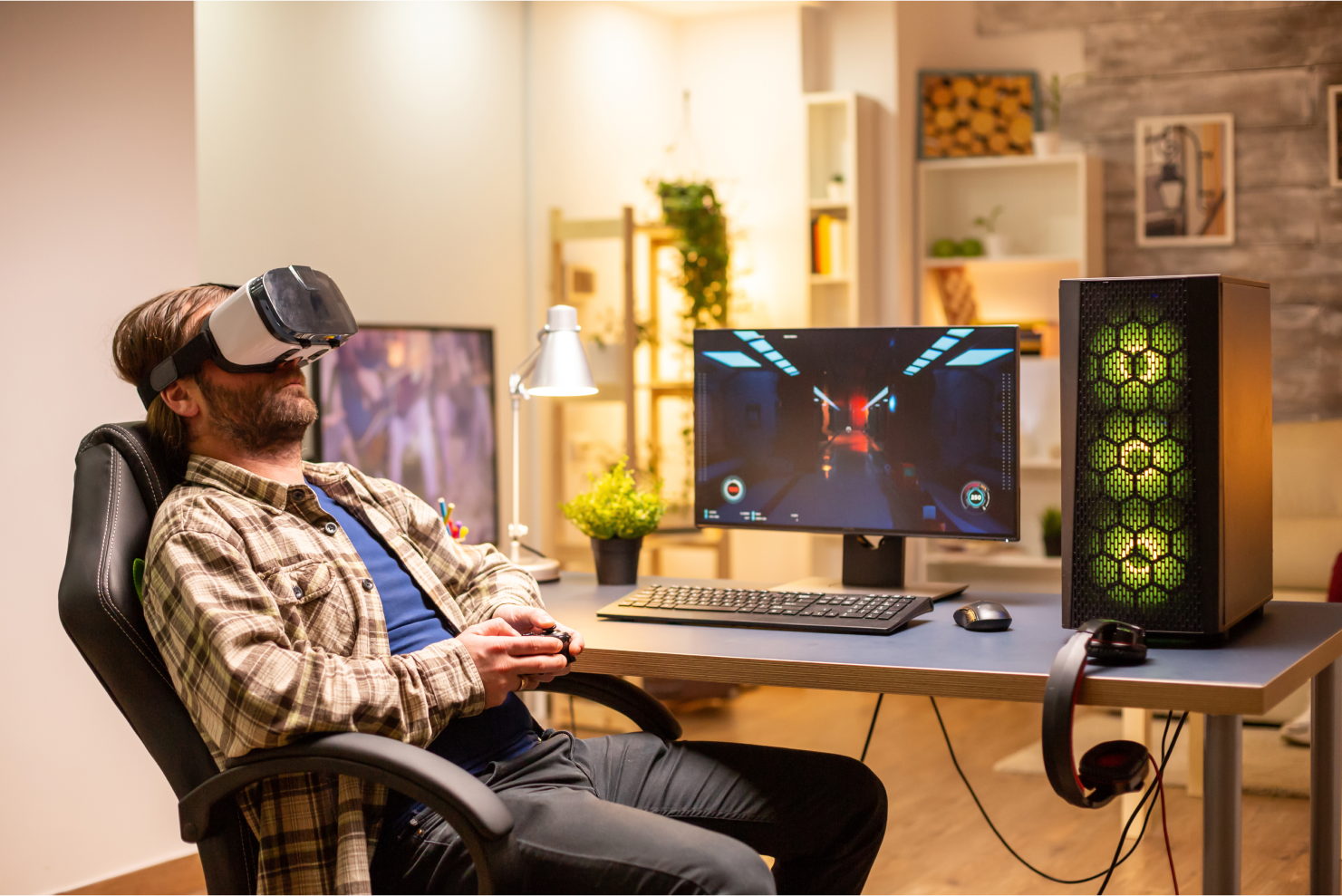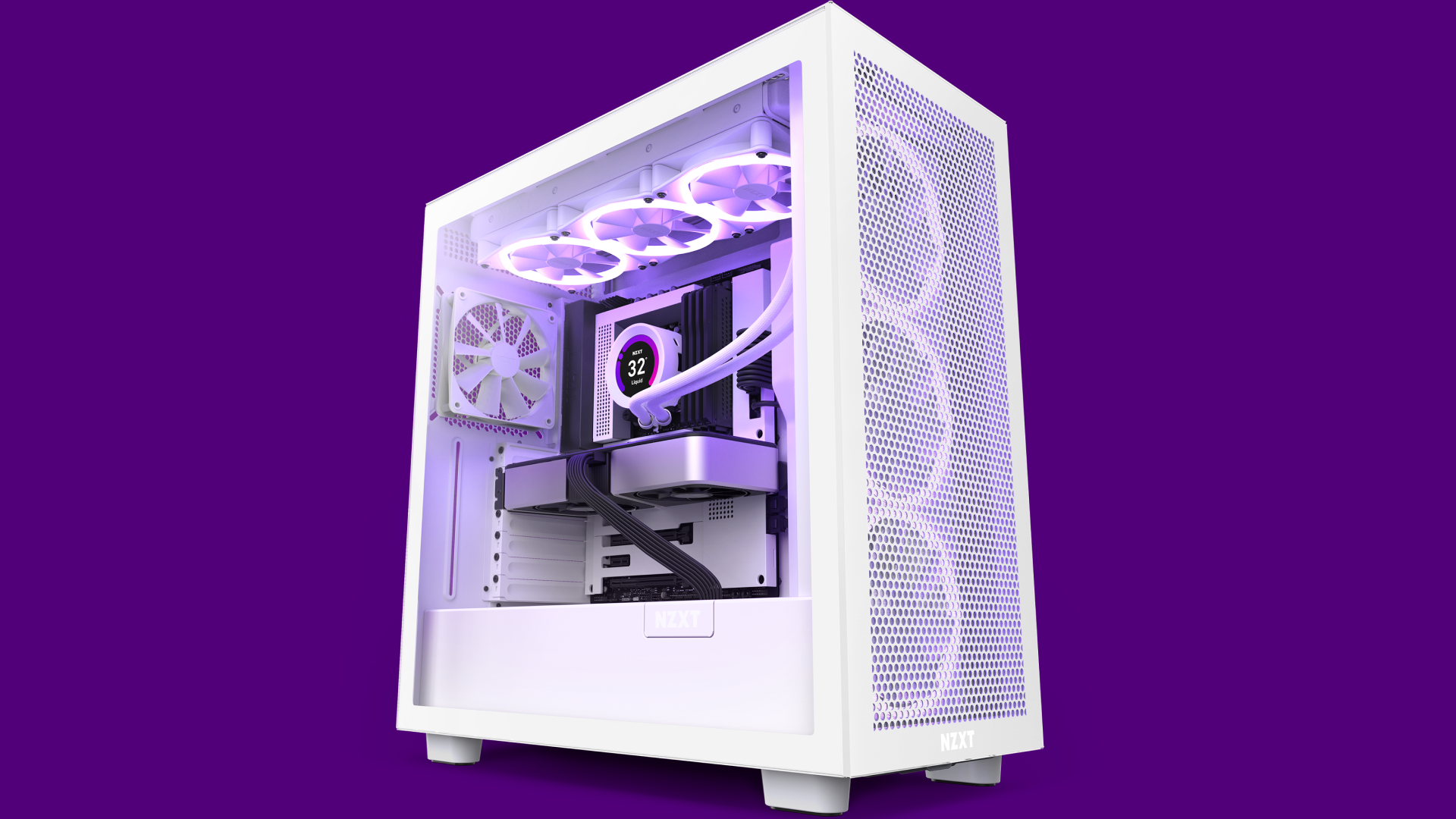How to future-proof your PC Build and avoid bottlenecking
It's a fact of life for PC gamers: as soon as you finish building your gaming rig, a newer, better graphics card comes out, or a faster processor hits the market. But there are ways to future-proof your system and avoid bottlenecking.
What is bottlenecking?
In short, bottlenecking is when your system isn't able to take full advantage of the components you've installed. For example, if you have a top-of-the-line graphics card but an older processor, your games will run more slowly than they should because the processor can't keep up with the demands of the graphics card.
What are some examples of bottlenecking?
Bottlenecking can happen when you purchase older components. For example, most companies release new motherboards alongside new processors. So to upgrade your CPU to a newer generation, you'll usually need to upgrade your motherboard. If you had the option to buy an older gen CPU with more performance, it could bottleneck your future build. It can be more beneficial to buy a newer gen CPU because you'd have the ability to upgrade to a better CPU from the current generation. Having a more current CPU will last longer and keep up with most modern games.
Bottlenecking can also happen based on the form factor you initially select for your build. If you want to be able to upgrade to a dual graphics card setup or any components that take advantage of other PCIe slots (such as sound cards), you need a case and motherboard & case big enough to slot them. Most iTX motherboards and cases only have one PCIe lane, making it impossible to upgrade your build without a new motherboard and PC Case.
How to avoid bottlenecking?
In general, as with anything related to PC building, just make sure to plan your build accordingly. Some general tips from us:
- Try to stick to current gen CPUs and motherboards.
- Pick a form factor that'll be appropriate for future upgrades.
- When buying memory, buy fewer sticks of RAM. E.G. for 16GB - pay extra for a single 16GB stick instead of 2x8GB sticks.
- Make sure your Power Supply has some extra juice to handle adding new components.
- Make sure your motherboard has enough slots for upgrades, for example - PCiE slots, Sata Slots, M2 Slots, Fan Connectors, & more.
- Make sure the CPU you buy can handle basic processes before spending big on a GPU

